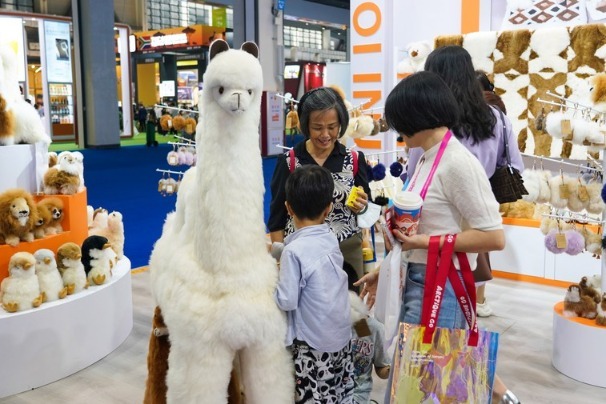Guangxi pilot FTZ further spurs cross-border trade


The China (Guangxi) Pilot Free Trade Zone has taken many innovative measures to boost cross-border trade facilitation since its inauguration in 2019.
Drawing on its unique location advantages, the free trade zone has actively promoted trade cooperation with the Association of Southeast Asian Nations (ASEAN) countries and accelerated the establishment of cross-border industrial chains, value chains and supply chains between Guangxi's pilot FTZ and ASEAN countries.
Meanwhile, the free trade zone has set up a China-ASEAN economic and trade center to provide small and medium-sized export enterprises in China and ASEAN countries with services in various fields, including investment, legal affairs, finance, logistics, and digital information.
Over the past two years, the free trade zone has continued to optimize its port customs clearance process and establish a "single window" cross-border e-commerce service center to boost cross-border trade.
In the first half of 2021, cross-border e-commerce import and export transactions in the Nanning and Chongzuo areas of Guangxi's pilot FTZ hit 3.433 billion yuan ($533 million) in total, data showed.
Focusing on financial reform and openness, the free trade zone has launched a pilot project for cross-border financial cooperation in the China-Malaysia Qinzhou Industrial Park to expand the two-way flow of cross-border RMB channels.
As of June 2021, the volume of cross-border RMB settlement in Guangxi had reached 1.37 trillion yuan, according to data from the Department of Commerce of the Guangxi Zhuang autonomous region.
In addition, the free trade zone is playing an important part in the construction of an international gateway port for the New International Land-Sea Trade Corridor in western China.
It has set up the first mutual recognition mechanism for railway containers and sea containers, and accelerated data and information connectivity with Singapore and other ASEAN countries.
The overall customs clearance time for imports in Qinzhou Port was cut to 16.88 hours in the first seven months of this year, 19.91 fewer hours than in 2020.
Looking forward, the free trade zone will seize the opportunities of the signing of the Regional Comprehensive Economic Partnership (RCEP) to build itself into a high-standard and high-quality free trade pilot zone that can lead China-ASEAN cooperation.
As of the end of July this year, the free trade zone achieved an import and export volume of 113.6 billion yuan ($17.6 billion), up 25 percent from the same period in 2020. It also attracted total foreign investment of $260 million in the same period, soaring 330 percent year-on-year, according to data from the Department of Commerce of Guangxi.




